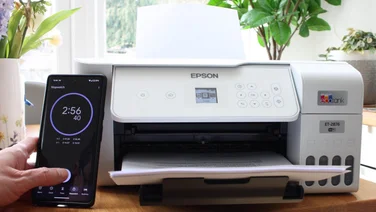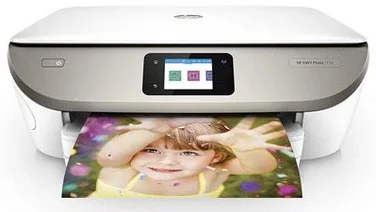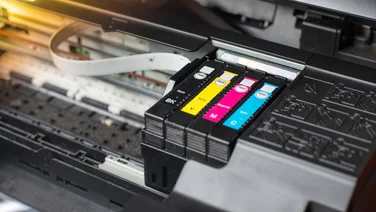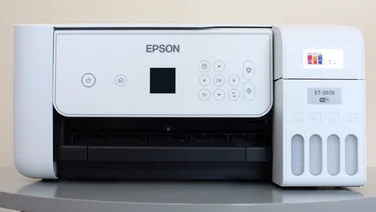To help us provide you with free impartial advice, we may earn a commission if you buy through links on our site. Learn more

Last year’s arrival of Micro Four Thirds, a new camera system developed by Panasonic and Olympus, blurred the distinction between compact and SLR camera designs. These cameras use interchangeable lenses and big SLR-style sensors but lack optical viewfinders, allowing them to be smaller than SLRs. It hasn’t taken long for other manufacturers to follow suit. The first of the rival systems coming from Samsung.
The NX10 introduces a new lens mount, Samsung NX, and uses an APS-C sensor – the same size that’s used in most consumer digital SLRs. Its handgrip and viewfinder hump make it a little bulkier than the smallest Micro Four Thirds cameras, but the grip feels reassuringly secure to hold. The 18-55mm kit lens means this isn’t a pocket sized camera, but there are already two other Samsung NX lenses available: a 30mm f/2 pancake and a 50-200mm telephoto. With the 30mm lens fitted, the NX10 is compact enough to carry around all day.
There’s an electronic viewfinder (EVF) but it’s not as impressive as the one on the Panasonic G1: it’s smaller, it lacks contrast and the insubstantial rubber surround failed to cut out light, making it tricky to use in sunlight. The 3in AMOLED screen is superb, thankfully, practically making the EVF redundant.
Viewfinder aside, the NX10 feels like an SLR in use. There are plenty of buttons and a command dial for quick access to settings. Advanced functions such as bracketing and RAW capture are in place, although there’s not the degree of operational customisation offered by SLRs. It’s also tricky to focus manually with complete confidence, as the on-screen digital magnification isn’t powerful enough. Performance is generally excellent, with fast autofocus and a 2.8fps continuous mode, but there’s a slight delay between taking a shot and being able to adjust settings. In RAW mode, this turns into a big delay.
Image quality comfortably lived up to SLR standards. Details were crisp and smooth, and although the kit lens suffered from distortions, its focus was generally up to scratch. We also tested the 30mm lens, which was distortion-free and extremely sharp. Colours had a subtle hint of warmth that’s reminiscent of Nikon DSLRs, and flattered most subjects. Automatic exposure modes were well balanced, although slow ISO and shutter speeds sometimes resulted in blurred shots in low light – the lens’s stabilisation performed adequately but not as well as rival systems. Noise wasn’t as low as with the best APS-C SLRs, being on a par with Micro Four Thirds cameras.
Video is recorded at 720p and 24fps in AVC format. As with many SLRs’ video modes, continuous autofocus is unavailable during recording, and the big sensor’s narrow depth of field meant moving subjects or camera positions often resulted in out-of-focus shots. That’s annoying for casual use but potentially useful for creative projects. Creative users will also appreciate the ability to lock the exposure. However, videos suffered badly from rolling shutter, which limits its appeal as a serious video tool.
The NX10 doesn’t break new ground compared to Micro Four Thirds cameras but it’s competitively priced. Its features are closest to the recently announced Panasonic G10, which is due to sell for around £500. Meanwhile, Samsung’s lenses significantly undercut Panasonic’s. The 30mm lens costs around £200, while Panasonic’s roughly equivalent 20mm f/1.7 lens costs £300. The NX10 with both 18-55mm and 30mm lenses is available from Jessops for £599.
These prices are expensive compared to larger SLRs such as the Canon EOS 1000D, though, and neither Samsung’s nor Panasonic’s lens ranges can compete on price or breadth with Canon’s. There’s also a risk that further Samsung NX lenses may be few and far between – something that seems less likely with the more established Micro Four Thirds system. However, when paired with its 30mm lens, the NX10 delivers an excellent balance of quality, portability and value. On that basis, the future looks promising for the NX system.





